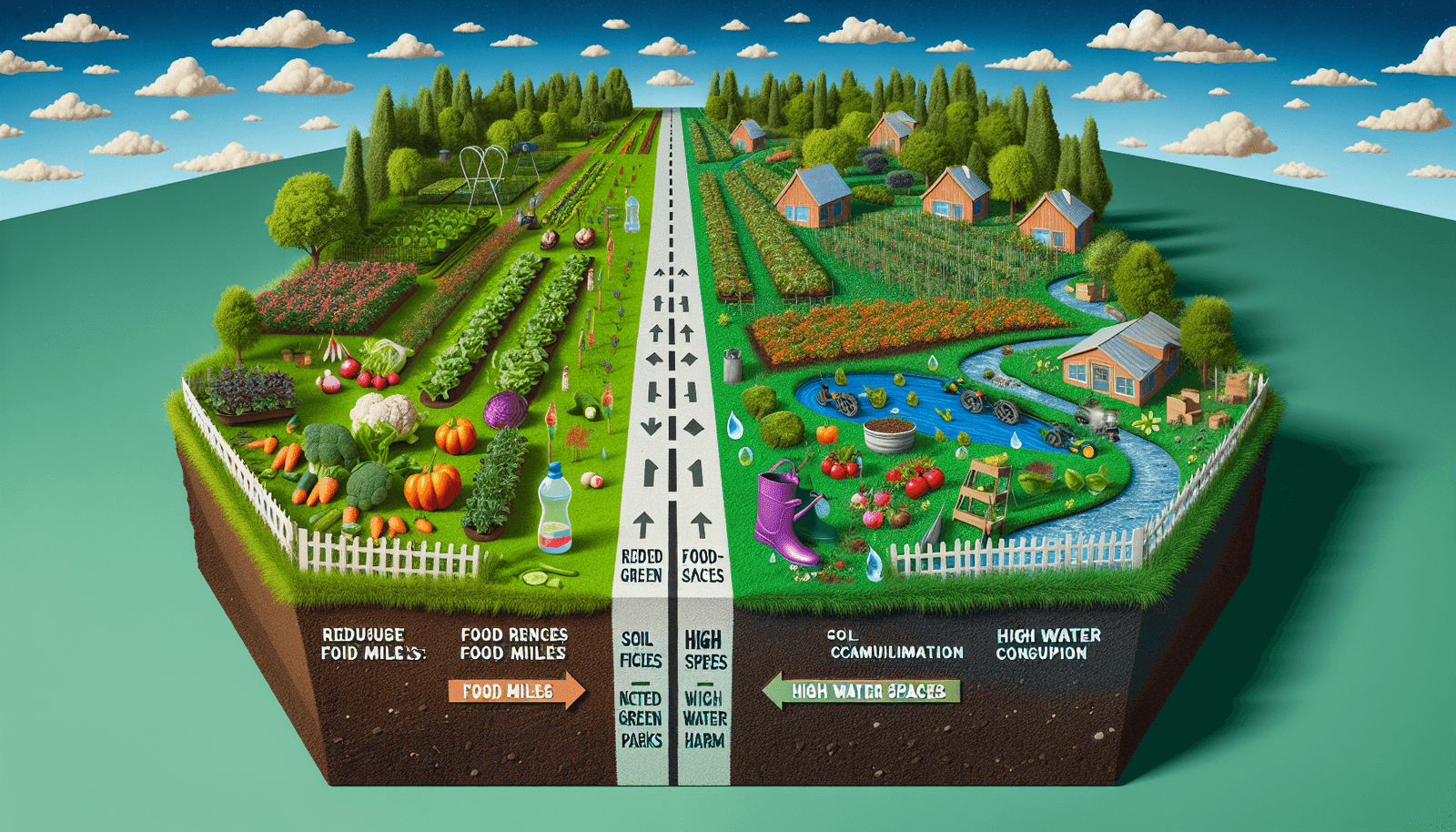Have you ever wondered if gardening is truly an environmental activity? Well, let’s take a closer look at this age-old practice and explore how it can positively impact our environment. Gardening provides a unique opportunity to connect with nature, cultivate green spaces, and contribute to the overall health of our planet. Through nurturing plants, reducing pollution, and supporting local ecosystems, gardening can play a crucial role in preserving and restoring the environment. So, grab your gloves and join the green movement – let’s dig into the world of gardening and discover its environmental benefits!
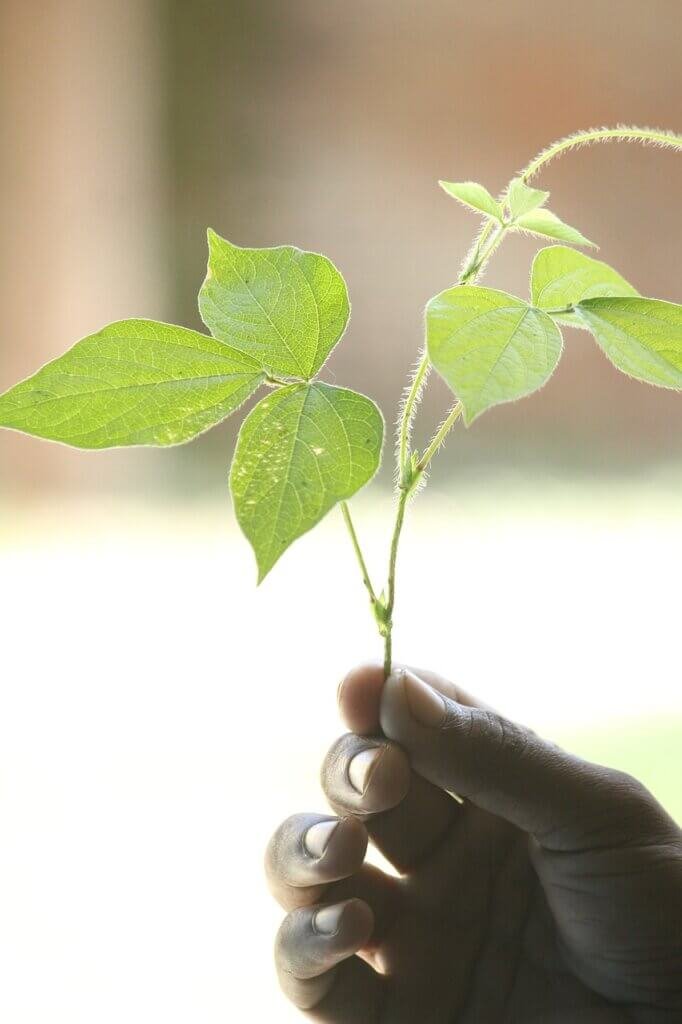
The Definition of Environmental Activity
Understanding the concept of environmental activity
Environmental activity refers to any action or behavior that is carried out with the intention of promoting the well-being and preservation of the natural environment. It involves actively engaging in practices that benefit the environment, whether it be through conservation efforts, sustainable practices, or promoting biodiversity. By participating in environmental activities, individuals are contributing to the protection and sustainability of the planet.
Benefits of environmental activities
Engaging in environmental activities has numerous benefits, not only for the natural environment but also for the individuals involved. These activities can help to reduce pollution, conserve resources, and protect ecosystems. They also provide opportunities for education and learning, promote community engagement, and improve physical and mental well-being. Environmental activities are a way for individuals to make a positive impact on the world around them and develop a deeper appreciation for nature.
Examples of environmental activities
There are many different types of environmental activities that individuals can participate in. Some examples include recycling, composting, energy conservation, tree planting, wildlife conservation, sustainable gardening, and advocating for environmental policies. Each activity offers its own unique benefits and opportunities for individuals to contribute to a healthier and more sustainable planet. By taking part in these activities, individuals can make a positive difference in their local communities and beyond.
The Impact of Gardening on the Environment
Positive effects of gardening on the environment
Gardening, when done in an environmentally conscious manner, can have numerous positive effects on the environment. One of the key benefits is the creation of green spaces, which help to enhance air quality by absorbing carbon dioxide and releasing oxygen. Gardens also provide habitats for wildlife, including birds, bees, butterflies, and other beneficial insects. By attracting these creatures, gardens help promote biodiversity and support the overall health of ecosystems.
Furthermore, gardens can effectively manage stormwater runoff by absorbing and filtering rainwater, thus reducing the strain on drainage systems and preventing water pollution. The use of organic gardening practices, such as composting and natural pest control methods, also minimizes the use of harmful chemicals, thereby reducing soil and water pollution. Overall, gardening contributes to a cleaner, healthier, and more sustainable environment.
Negative effects of gardening on the environment
While gardening has many positive effects on the environment, it is important to recognize that certain practices can have negative impacts as well. For instance, the use of chemical pesticides and fertilizers can contaminate water sources and harm beneficial insects, animals, and plants. Additionally, improper disposal of garden waste, such as leaves and grass clippings, can contribute to landfill waste and greenhouse gas emissions.
In some cases, invasive plant species may escape from gardens and displace native vegetation, leading to a loss of biodiversity. Furthermore, excessive water usage in gardening can put a strain on water resources, especially in areas prone to drought. It is crucial for gardeners to be mindful of their practices and take steps to minimize these negative impacts.
Balancing the environmental impact of gardening
To mitigate the negative effects of gardening, it is essential to adopt sustainable and eco-friendly practices. This involves making conscious choices about plant selection, water usage, chemical use, waste management, and land management. By implementing these measures, gardeners can create a balance between the environmental impact and the benefits of gardening. It is crucial for gardeners to educate themselves about sustainable gardening techniques and strive to minimize their ecological footprint.
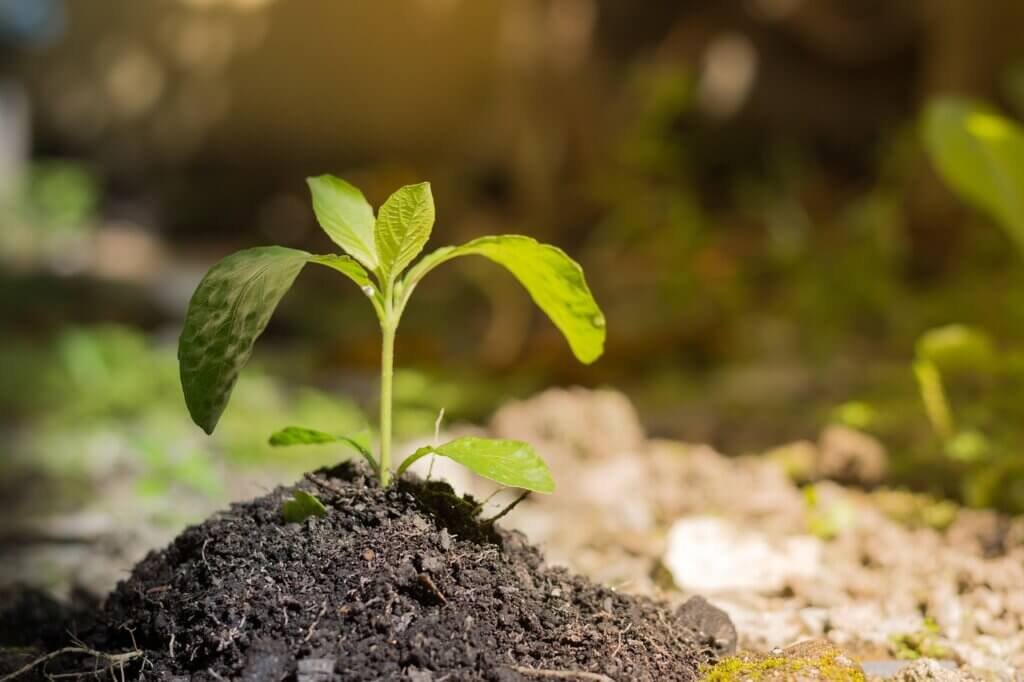
Creating a Sustainable Garden
Choosing native plants
One of the key steps in creating a sustainable garden is to choose native plants. Native plants are species that naturally occur in a particular region and have adapted to the local climate and soil conditions. By selecting native plants, gardeners can promote biodiversity, attract native wildlife, and reduce the need for excessive watering, fertilization, and pest control. Native plants are generally well-suited to the local environment and require less maintenance, making them an ideal choice for sustainable gardening.
Reducing chemical use
Reducing the use of chemicals in gardening is another important aspect of creating a sustainable garden. Chemical pesticides, herbicides, and fertilizers can have detrimental effects on soil health, water quality, and wildlife. Instead, gardeners can opt for organic alternatives, such as compost, natural pest repellents, and organic fertilizers.
Implementing integrated pest management techniques, which involve using a combination of cultural, biological, and mechanical control methods, can help minimize the need for chemical interventions. By reducing chemical use, gardeners can create a healthier and more environmentally friendly garden.
Conserving water
Water conservation is a critical component of sustainable gardening, especially in regions with limited water resources or during periods of drought. There are several strategies that gardeners can employ to conserve water in their gardens.
One method is to use mulch, such as wood chips or straw, around plants to retain moisture in the soil and reduce evaporation. Installing a rainwater harvesting system is another effective way to collect and store rainwater for use in the garden. Drip irrigation systems and watering during the cooler parts of the day can also maximize water efficiency. By implementing these water conservation techniques, gardeners can minimize water waste and create a more sustainable garden.
Promoting biodiversity
Promoting biodiversity is a key goal of sustainable gardening. Biodiversity refers to the variety of plant and animal species within an ecosystem, and it plays a crucial role in maintaining the overall health and resilience of ecosystems. To promote biodiversity in the garden, gardeners can incorporate a variety of plants with different colors, textures, and heights. This diversity attracts a wide range of pollinators, such as bees and butterflies, which are essential for plant reproduction.
Creating habitat features, such as birdhouses, bee hotels, and butterfly gardens, can provide homes for beneficial wildlife. Avoiding the use of invasive plant species and creating wildlife corridors between gardens can also help support biodiversity. By promoting biodiversity, gardeners can contribute to the conservation of important ecosystems and create a more sustainable garden.
Gardening Techniques for Environmental Conservation
Companion planting and polyculture
Companion planting and polyculture are two techniques in gardening that promote environmental conservation. Companion planting involves growing different plants together that have beneficial relationships. For example, planting marigolds near tomatoes can help repel pests, while planting herbs near vegetables can enhance their flavors and deter pests.
Polyculture refers to the practice of planting a diverse range of crops or plants together in the same area. This mimics the natural diversity found in ecosystems and helps to enhance soil fertility, prevent pest outbreaks, and reduce the need for chemical interventions. By utilizing companion planting and polyculture techniques, gardeners can create a more resilient and sustainable garden ecosystem.
Building healthy soil
Building and maintaining healthy soil is essential for environmental conservation in gardening. Healthy soil provides plants with the necessary nutrients, retains moisture, and supports beneficial soil organisms. Gardeners can improve soil health by adding organic matter, such as compost or well-rotted manure, to the soil.
Avoiding excessive tilling and using cover crops, which are planted between main crops to protect and nourish the soil, can also help improve soil structure and fertility. By prioritizing soil health, gardeners can create a more sustainable and productive garden.
Natural pest control
Natural pest control methods are an effective way to reduce the need for chemical pesticides while still managing pests in a sustainable manner. Gardeners can employ several techniques to naturally control pests. For example, attracting beneficial insects like ladybugs and lacewings that feed on pests can help keep pest populations in check.
Using physical barriers, such as nets or row covers, can protect plants from insect damage. Additionally, practicing crop rotation, which involves planting different types of crops in different locations each year, can help break pest cycles. By implementing natural pest control methods, gardeners can minimize the use of harmful chemicals and maintain a healthier garden ecosystem.
Rainwater harvesting
Rainwater harvesting is the practice of collecting and storing rainwater for later use in the garden. This technique not only conserves water but also reduces the strain on local water resources. There are different methods of rainwater harvesting, including using rain barrels, installing underground storage tanks, or creating rain gardens.
Rainwater can be used for watering plants, washing tools, and cleaning outdoor areas. By implementing rainwater harvesting systems, gardeners can reduce their reliance on municipal water sources and create a more sustainable garden.
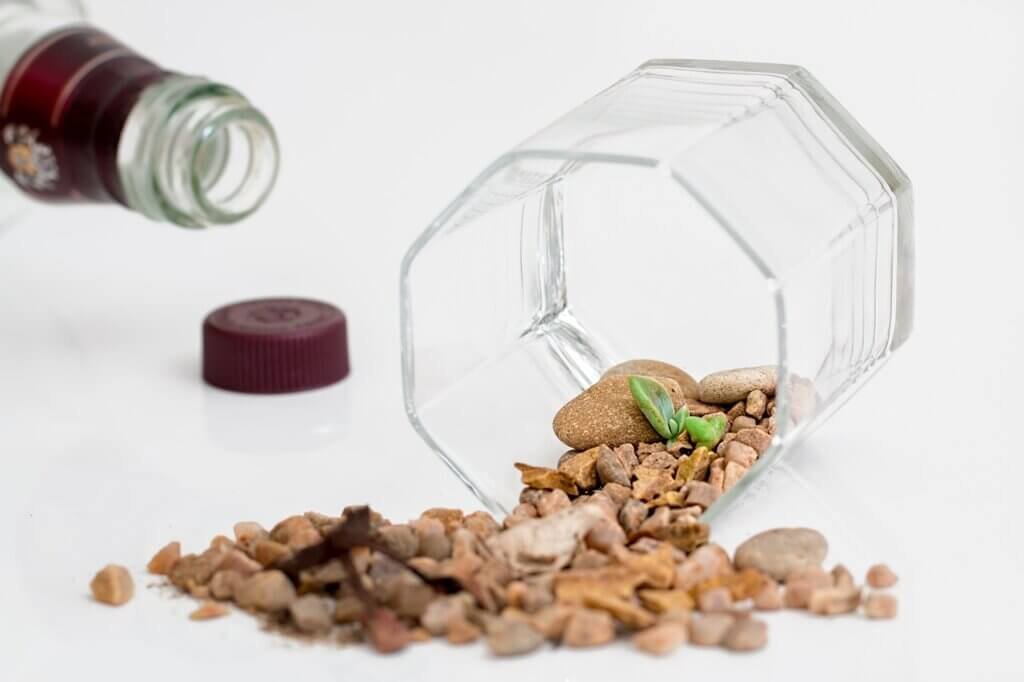
The Role of Gardening in Climate Change Mitigation
Carbon sequestration through gardening
Gardening can play a role in mitigating climate change by sequestering carbon dioxide, a greenhouse gas that contributes to global warming. Plants absorb carbon dioxide during photosynthesis and store it in their tissues and in the soil. By planting and maintaining gardens, individuals can actively contribute to removing carbon dioxide from the atmosphere and storing it in vegetation and soils.
By selecting trees and plants that have high carbon sequestration potential, gardeners can maximize the impact of their gardening efforts on climate change mitigation. Additionally, carbon sequestration in gardening can be enhanced by building healthy soils through the addition of organic matter and by practicing sustainable gardening techniques that promote plant growth.
Reducing food miles
Food miles refer to the distance that food travels from its place of production to the consumer. The transportation and distribution of food over long distances contribute to greenhouse gas emissions and energy consumption. By growing food in home gardens or community gardens, individuals can significantly reduce the carbon footprint associated with food production and transportation.
By growing their own fruits, vegetables, and herbs, gardeners can enjoy fresh and nutritious produce while reducing the environmental impact of their food choices. Growing local and seasonal foods also supports local agriculture and reduces the demand for imported produce.
Alleviating heat island effect
The heat island effect refers to the phenomenon where urban areas experience higher temperatures compared to surrounding rural areas due to human activities and infrastructure. Gardens and green spaces can help alleviate the heat island effect by providing shade, cooling the air, and reducing the surface temperature.
Through photosynthesis, plants release water vapor, which cools the surrounding air. The presence of vegetation in gardens and green spaces can also reduce the need for air conditioning, thereby reducing energy consumption and associated greenhouse gas emissions. By incorporating gardens and green spaces into urban environments, individuals can contribute to creating cooler and more sustainable cities.
Gardening and Water Conservation
Rainwater harvesting systems
As previously mentioned, rainwater harvesting systems are an effective way to conserve water in the garden. These systems collect rainwater from rooftops and other surfaces and store it for later use in the garden. Rain barrels, cisterns, and underground storage tanks are all examples of rainwater harvesting systems.
By utilizing rainwater harvesting systems, gardeners can reduce the demand for municipal water sources, especially during dry periods or in regions with limited water resources. This helps to reduce water consumption and conserve this valuable resource.
Drought-tolerant plant selection
In areas prone to drought or with limited access to water, selecting drought-tolerant plants is crucial for water conservation in the garden. These plants have adapted to withstand periods of dryness and require less water for survival. By choosing plants that are well-suited to the local climate and soil conditions, gardeners can minimize the need for excessive watering and create a more sustainable garden.
Drought-tolerant plants often have characteristics such as deep root systems, succulent leaves, or waxy coatings on their leaves, which help them retain water. Native plants are often a good choice for drought-tolerant gardens since they have evolved to thrive in the local climate.
Water-efficient irrigation methods
In addition to selecting drought-tolerant plants, using water-efficient irrigation methods is essential for water conservation in the garden. Drip irrigation systems, which deliver water directly to the base of plants, are more efficient than traditional sprinkler systems since they reduce water loss through evaporation and runoff.
Installing a timer or moisture sensor on irrigation systems can help ensure that plants receive the right amount of water and prevent overwatering. By implementing water-efficient irrigation methods, gardeners can use water more effectively and prevent water waste in the garden.
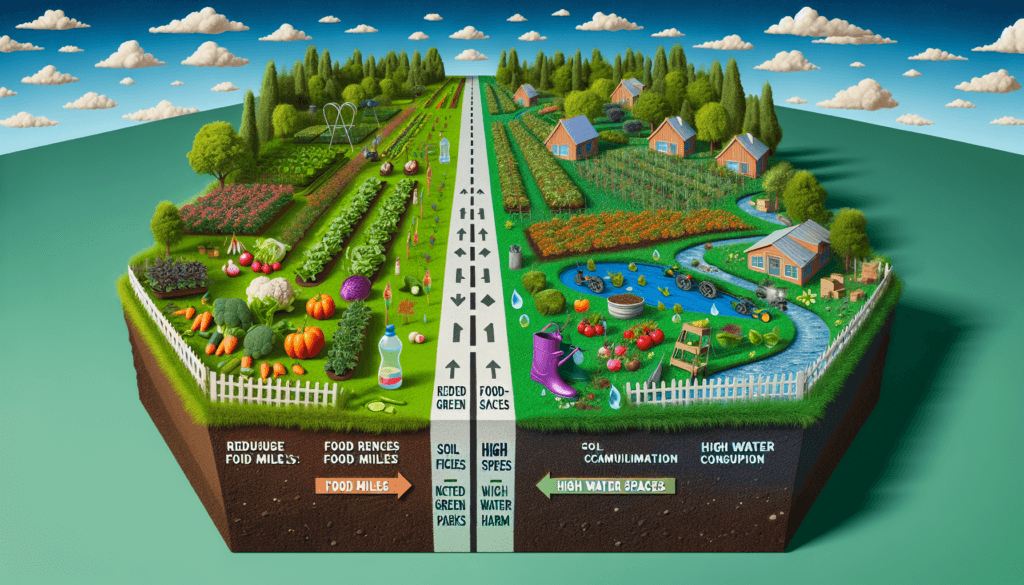
Promoting Wildlife and Biodiversity
Creating wildlife habitats
Gardens can serve as important wildlife habitats, providing shelter, food, and nesting sites for a variety of animals. By creating diverse habitats within the garden, gardeners can attract a wide range of wildlife species, including birds, butterflies, beneficial insects, frogs, and small mammals.
Some ways to create wildlife habitats in the garden include planting native trees, shrubs, and wildflowers, constructing birdhouses or bat boxes, providing water sources such as birdbaths or ponds, and leaving areas of the garden untouched for wildlife to inhabit. These habitats help support biodiversity, provide ecosystem services, and create a more vibrant and sustainable garden ecosystem.
Providing food sources for pollinators
Pollinators such as bees, butterflies, and hummingbirds play a vital role in the reproduction of many plant species, including food crops. However, many pollinator populations are declining due to habitat loss, pesticide use, and climate change. Gardeners can create pollinator-friendly gardens by planting a variety of flowers that provide nectar and pollen throughout the seasons.
Choosing native plants that are rich in nectar and pollen is especially beneficial, as these plants have co-evolved with local pollinators and provide them with the resources they need. Providing shelter, such as nesting sites or bumblebee boxes, can also support pollinators in the garden. By creating food sources for pollinators, gardeners can contribute to their conservation and promote a more sustainable garden ecosystem.
Using organic gardening practices
Organic gardening practices are not only beneficial for the environment but also support wildlife and biodiversity in the garden. By avoiding the use of synthetic pesticides and fertilizers, gardeners can protect beneficial insects, birds, and other wildlife from harmful chemicals. Organic gardening practices focus on building healthy soils through the use of compost, organic matter, and natural fertilizers.
By promoting soil health, organic gardening encourages the growth of beneficial soil organisms, which are essential for nutrient cycling and plant growth. By using organic gardening practices, gardeners can create a more sustainable garden ecosystem that supports a wide range of wildlife and promotes biodiversity.
Community and Social Benefits of Gardening
Improving mental and physical well-being
Gardening offers numerous benefits for mental and physical well-being. Engaging in gardening activities has been shown to reduce stress, anxiety, and depression. The act of gardening can provide a sense of purpose and accomplishment, as well as a connection to nature.
Furthermore, spending time in the garden encourages physical activity, which can improve overall fitness and reduce the risk of chronic diseases. Gardening provides opportunities for outdoor recreation and exposure to sunlight, which can be beneficial for vitamin D production. By engaging in gardening, individuals can improve their mental and physical well-being while contributing to a healthier environment.
Social connections and community engagement
Gardening can also foster social connections and community engagement. Community gardens, where individuals come together to cultivate and share a garden space, provide opportunities for social interaction, collaboration, and knowledge sharing. These spaces create a sense of belonging and community pride.
Garden clubs, workshops, and events bring gardeners together, allowing them to exchange ideas, learn from one another, and form lasting friendships. By participating in gardening communities, individuals can expand their social networks, build connections, and contribute to a more vibrant and inclusive community.
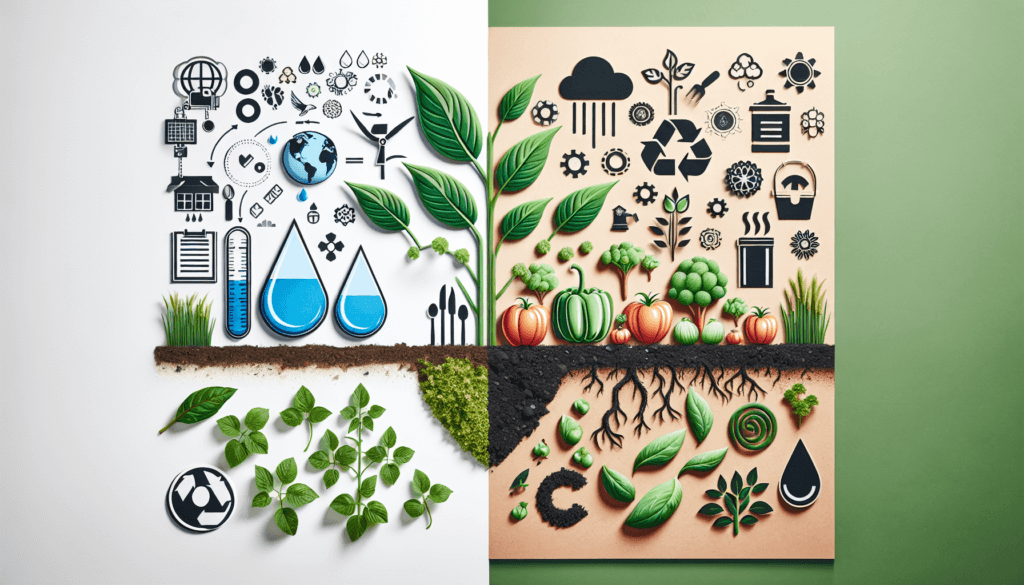
Educational Opportunities in Gardening
Teaching environmental stewardship
Gardening offers valuable educational opportunities, particularly in teaching environmental stewardship. By involving children and adults in gardening activities, educators can teach them about the importance of conservation, biodiversity, and sustainable practices.
Gardening provides hands-on experiences that allow individuals to learn about the interconnectedness of ecosystems, the impact of human activities on the environment, and the role they can play in protecting and preserving nature. Through gardening, individuals can develop a sense of responsibility and become stewards of the environment, actively working towards a more sustainable future.
Hands-on learning for children
Gardening is an excellent tool for hands-on learning, especially for children. It provides opportunities for children to observe and understand concepts such as plant life cycles, photosynthesis, and the interdependence of living organisms.
Children can learn about the importance of caring for the environment, the role of insects in pollination, and the value of growing their own food. Gardening allows children to engage their senses, develop fine motor skills, and foster a connection to nature. By involving children in gardening activities, educators can promote environmental literacy and cultivate a lifelong love for nature.
Gardening as a tool for environmental education
Gardening can be used as a powerful tool for environmental education. It provides a tangible and relatable context for learning about environmental concepts and issues. From understanding the water cycle to exploring the impact of human activities on ecosystems, gardening offers numerous opportunities for experiential learning.
Educators can integrate gardening into lesson plans across subjects, such as science, math, language arts, and social studies. By incorporating hands-on gardening activities into the curriculum, educators can enhance students’ understanding of environmental concepts and inspire them to become environmentally conscious individuals.
Conclusion
Gardening is undoubtedly an environmental activity that offers numerous benefits for both the natural environment and the individuals involved. It promotes biodiversity, conserves water, reduces pollution, and mitigates climate change. Gardening also provides opportunities for education, community engagement, and personal well-being.
By adopting sustainable gardening practices, such as choosing native plants, reducing chemical use, conserving water, and promoting biodiversity, gardeners can create healthy and resilient ecosystems within their own backyard. Whether it be through creating wildlife habitats, conserving water, or teaching environmental stewardship, gardening plays a vital role in protecting and preserving the environment.
As individuals, we have the power to make a difference through the choices we make in our gardens. By recognizing the impact of our gardening practices and striving to minimize our environmental footprint, we can contribute to a healthier, more sustainable planet for future generations. So grab your gardening tools, get your hands dirty, and embark on a journey of environmental stewardship through gardening. The rewards are not only beautiful gardens but also a positive impact on the environment and our communities.

